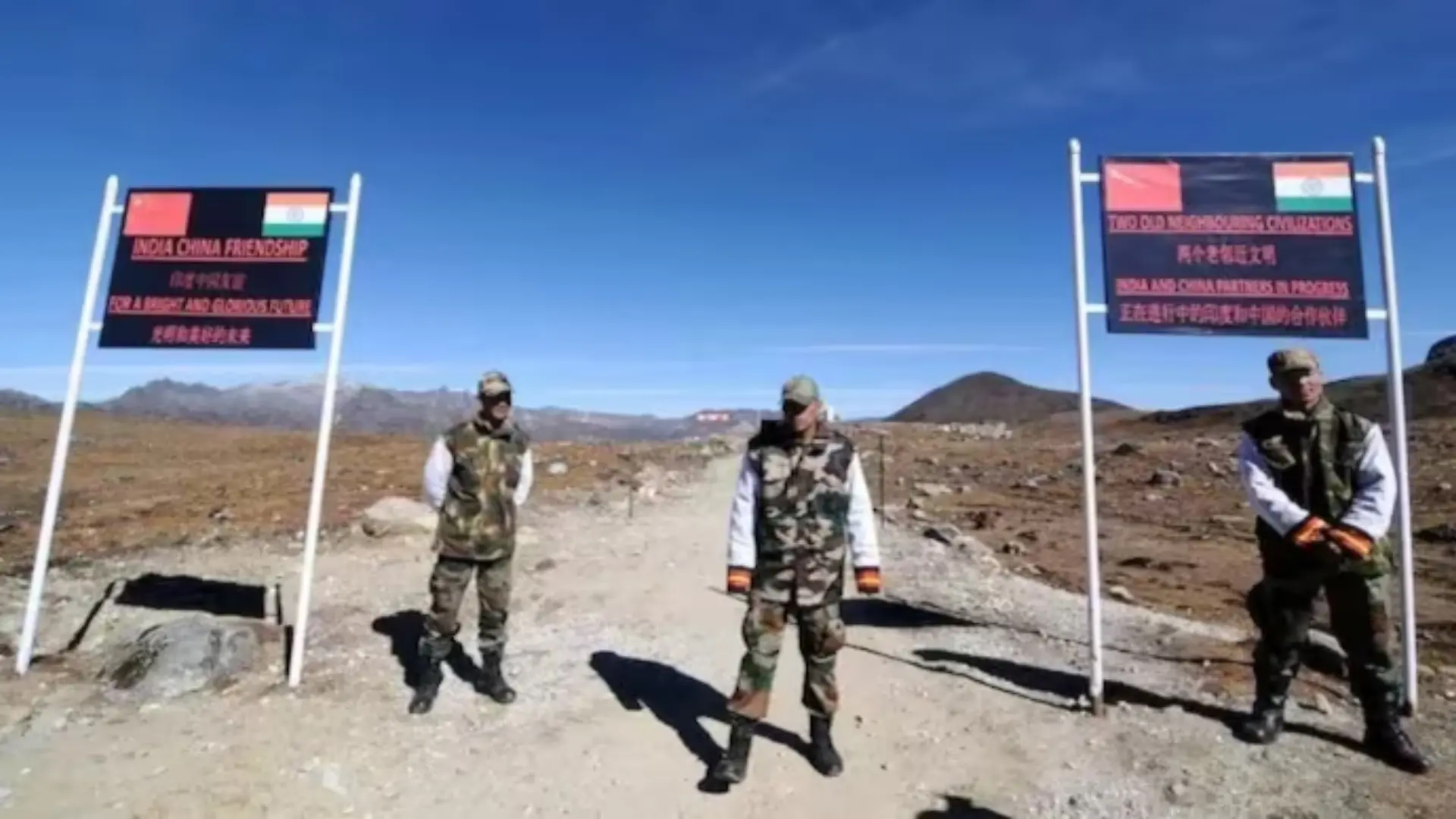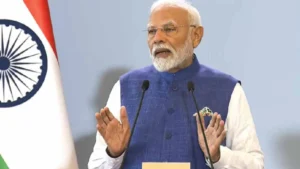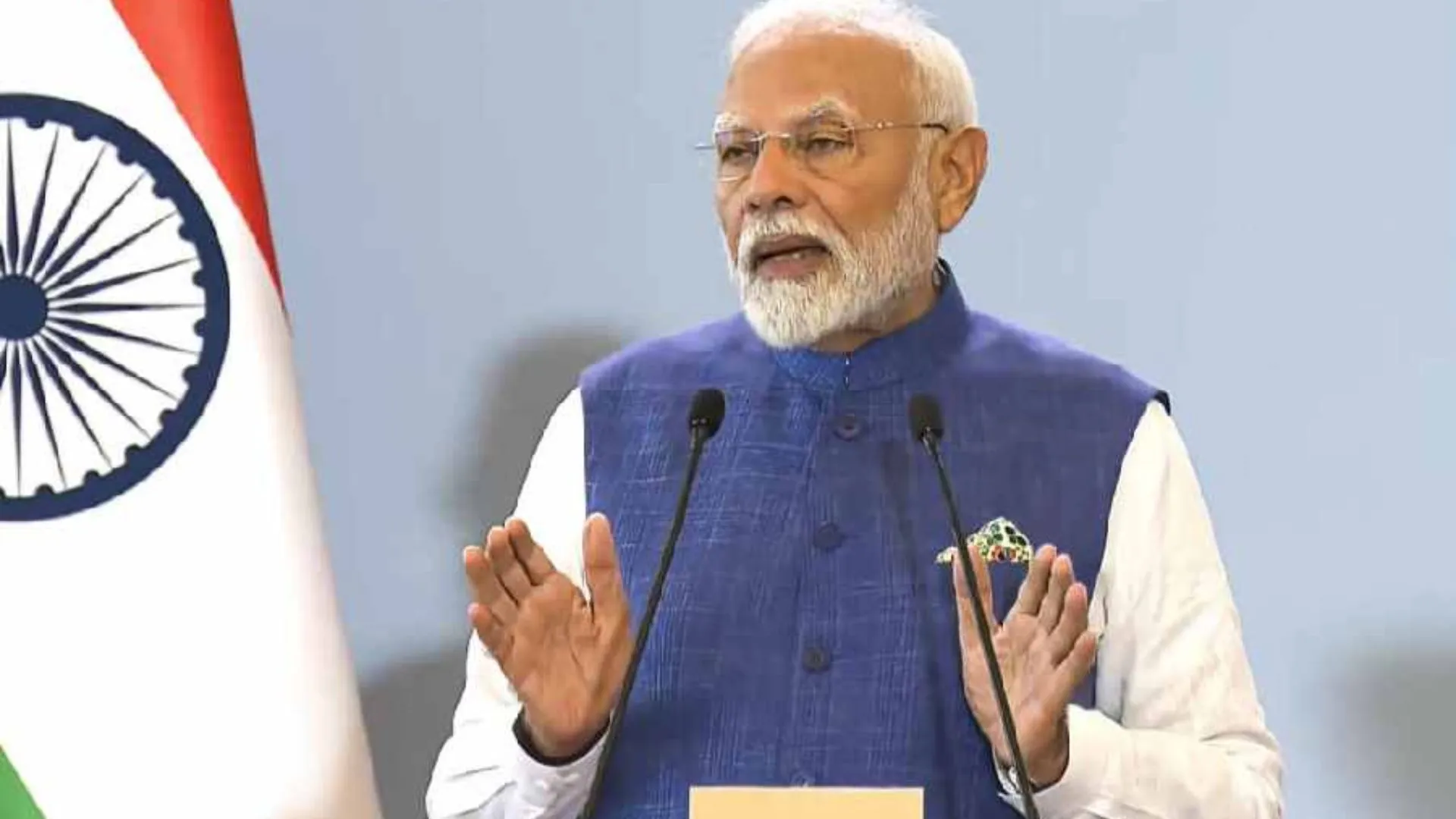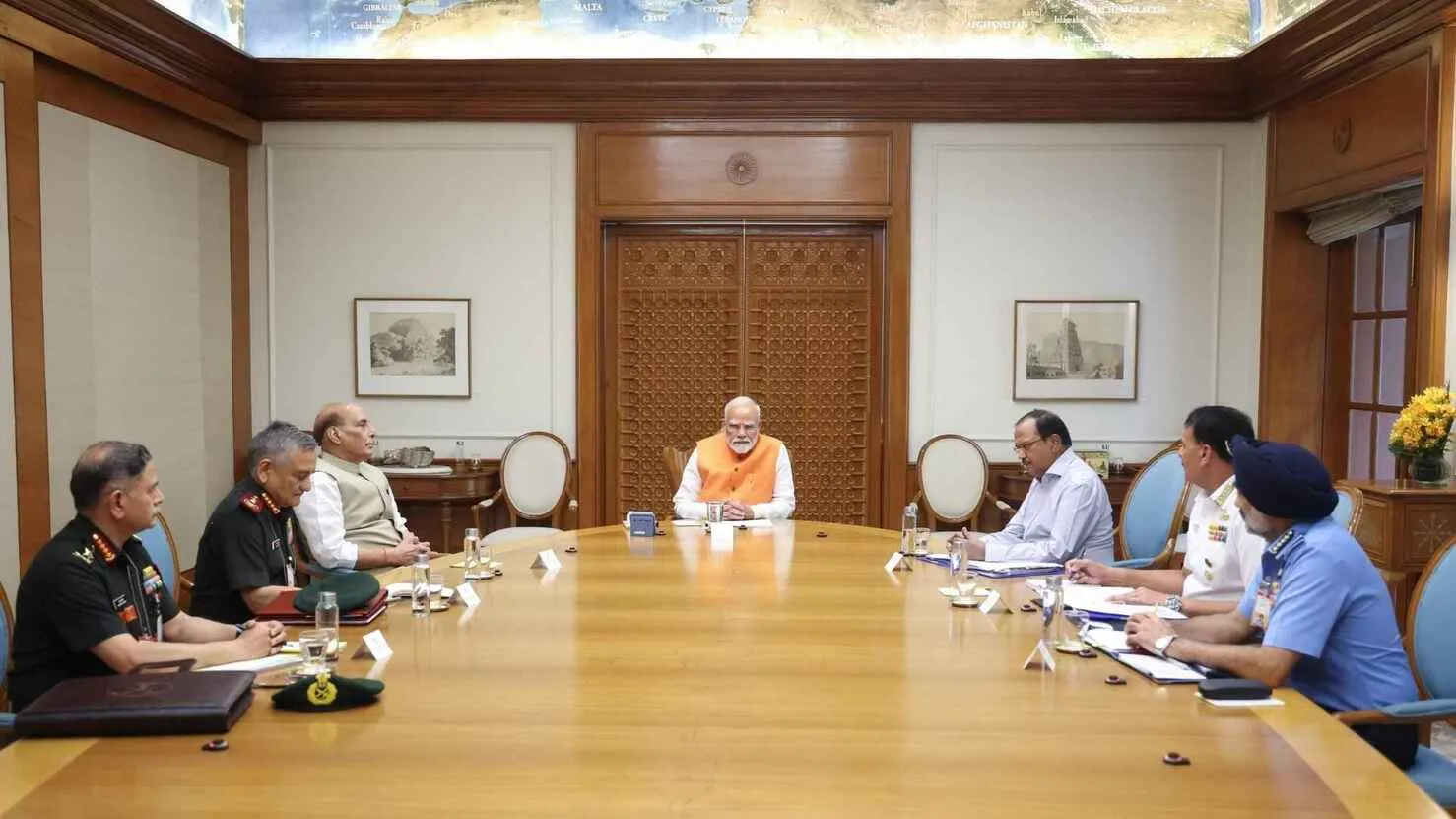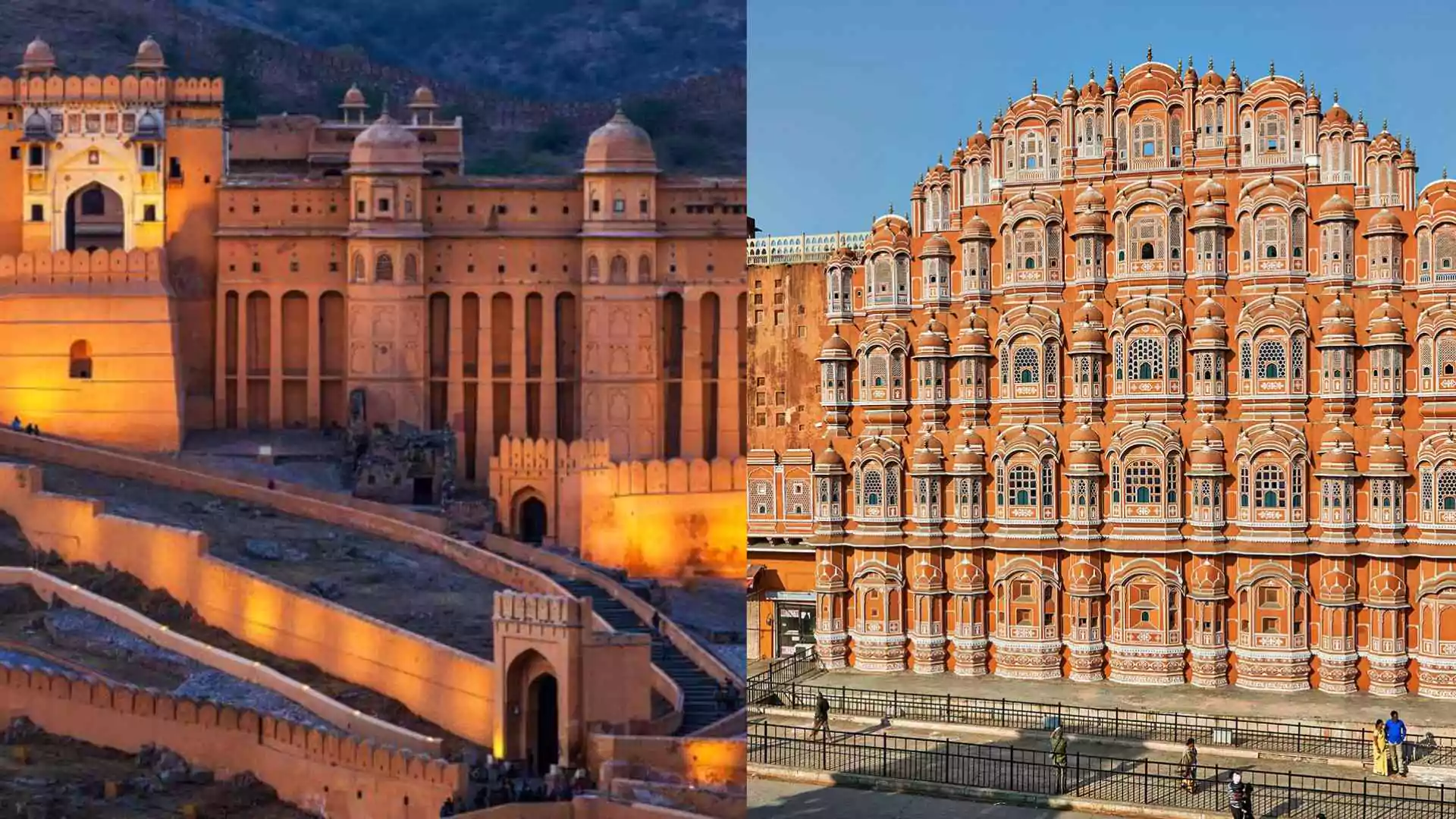Indian defense officials confirmed on Friday that the disengagement of troops between India and China has begun at two critical friction points—Demchok and the Depsang Plains—in the Eastern Ladakh region. This significant development follows extensive diplomatic efforts between the two nations to ease border tensions along the Line of Actual Control (LAC).
Disengagement of troops of India and China has started at two friction points in Demchok and Depsang Plains in Eastern Ladakh sector. As per the agreements between the two sides, the Indian troops have started pulling back equipment to rear locations in the respective areas:… pic.twitter.com/CzwAZs4sJG
— ANI (@ANI) October 25, 2024
Troop Withdrawal and Equipment Relocation
According to officials, Indian troops have already started pulling back equipment to rear positions in these areas, signaling the initial phase of the disengagement process. This follows the agreements reached during bilateral discussions, where both sides consented to restarting border patrols along the LAC, resuming activities that had been halted due to the standoff.
Agreement to Resume Patrolling Along the LAC
Earlier this week, India announced a major breakthrough in negotiations, with an agreement allowing Indian and Chinese troops to resume patrolling activities in Eastern Ladakh. The deal marks an end to the four-year-long military standoff, which began in 2020 after a deadly clash in the Galwan Valley. External Affairs Minister S. Jaishankar confirmed that the disengagement process had been completed and that both sides would now return to pre-standoff patrolling practices.
Chinese Confirmation Following Xi Jinping’s BRICS Summit Departure
Confirmation of the agreement from the Chinese side was provided shortly after Chinese President Xi Jinping departed for the BRICS Summit in Kazan, Russia on Tuesday. This further solidified the commitment of both nations to reduce tensions and move forward with the disengagement process.
Bilateral Talks Between PM Modi and President Xi Jinping
The agreement on disengagement was endorsed during a meeting between Indian Prime Minister Narendra Modi and President Xi Jinping on the sidelines of the BRICS Summit. During their nearly 50-minute discussion, the two leaders emphasized the importance of managing differences diplomatically, without allowing disputes to escalate or disturb the peace in border areas. They also stressed that mutual trust, respect, and sensitivity should form the foundation of India-China relations moving forward.
Revival of Bilateral Dialogue Mechanisms
Modi and Xi also directed the revival of the stalled Special Representatives’ dialogue mechanism, which is aimed at resolving boundary issues. The leaders acknowledged the crucial role this mechanism plays in maintaining peace along the border and agreed to restart talks at an early date.
The discussions also touched on enhancing strategic communication and exploring new avenues of cooperation to address developmental challenges faced by both nations. The Ministry of External Affairs (MEA) noted that both leaders are committed to viewing bilateral relations from a long-term, strategic perspective to ensure stability in the region.
New Bond Between India And China
This disengagement and renewed dialogue represent a significant step toward restoring normalcy in the relationship between the two Asian giants. As the disengagement process continues, the focus will now shift to rebuilding mutual trust and addressing broader boundary issues through diplomatic channels.


